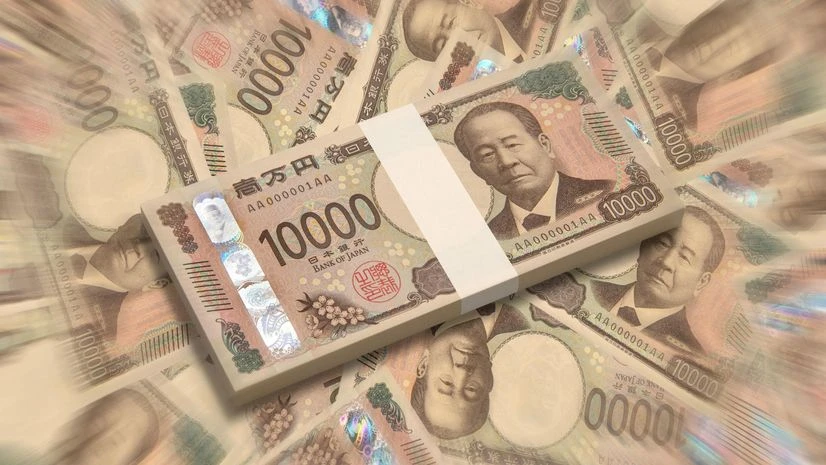CashNews.co
)
Yen, Japan Currency(Photo: Shutterstock)
India continues to attract foreign inflows, although the momentum has slowed in recent weeks. Data analysed by Elara Securities shows that a significant portion of the slowdown is attributed to outflows from Midcap funds based in Japan.
These Midcap funds have experienced their highest redemptions in many years, with $150 million pulled out in just two weeks. Despite Midcap fund outflows, Japan’s overall inflows into India remain positive, primarily driven by investments in Large Cap funds.
The performance of Indian equity funds, particularly Midcap funds, has started to face pressure since April 2023, when the Yen carry trade began in India.
“Large part of slowdown is due to outflows from Japan domiciled Midcap funds with 14-week high redemption of $76mn. In the last 2-weeks, $150mn have been pulled out of Midcap funds from Japan,” the report noted.
The Yen Carry Trade is a popular investment strategy where investors borrow Japanese Yen at low interest rates and invest the proceeds in higher-yielding assets, such as US Treasury bonds or other higher-yielding currencies.
How it works:
-
Investors borrow Japanese Yen at low interest rates, taking advantage of Japan’s historically low interest rate environment. -
The borrowed Yen is then converted into another currency and invested in assets offering higher interest rates or potential capital gains. -
The difference between the interest earned on the investment and the interest paid on the borrowed Yen generates a profit.
Impact on Indian Equities:
The Yen Carry Trade can have both positive and negative impacts on Indian equities:
When the Yen Carry Trade is active, it can lead to increased inflows of foreign capital into emerging markets like India. This can boost demand for Indian equities. However, if the Yen Carry Trade unwinds, meaning investors sell their foreign assets and repay the borrowed Yen, it can lead to a sudden outflow of capital from emerging markets, including India.
“The current leg of the Yen carry trade, which began in March 2023, has seen even stronger flows into Indian midcap funds, accounting for 25% of the total Yen inflows. From Nov’22 to Aug’24, Yen denominated assets surged from $6 billion to $21 billion, reflecting a 3.5-fold increase. This has coincided with a surge in domestic mutual fund inflows into mid and small-cap schemes, largely driven by price momentum. The average monthly inflows into small-cap funds since March 2023 have been 1.5 times higher than the average of the previous two years. This suggests a reinforcement of the trend observed during the previous Yen carry trade cycle, where both foreign and domestic investors were increasingly seeking exposure to higher-growth segments of the Indian market,” said Wright Research in a note.
But the recent appreciation of the yen has led to a rush to unwind carry trades, resulting in a sharp selloff in global stock markets, including those in the U.S., Asia, and Europe. The rapid appreciation of the yen against other currencies has added to market volatility and uncertainty, and the shift in investment flows may redirect more capital into Japanese markets at the expense of other global markets.
Meanwhile, global equity flows have reached a four-week high of $20.4 billion, driven primarily by inflows into US funds. Despite the risk of a Yen carry unwind, Japanese retail investors have been actively investing in US Large Cap funds, with inflows reaching a historic high of $1.1 billion.
Emerging market (EM) flows have remained robust over the past 3 months, primarily driven by local investors in India, China, and Taiwan.
First Published: Aug 26 2024 | 3:47 PM IS

